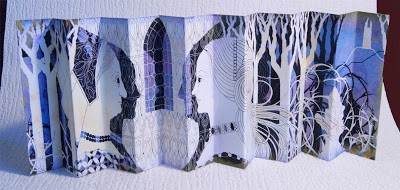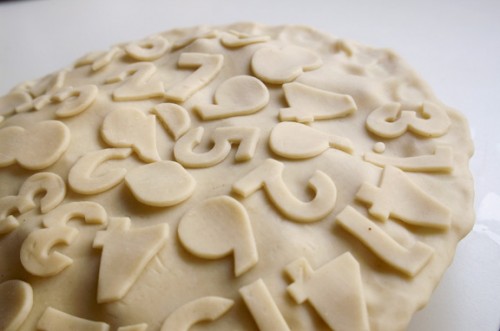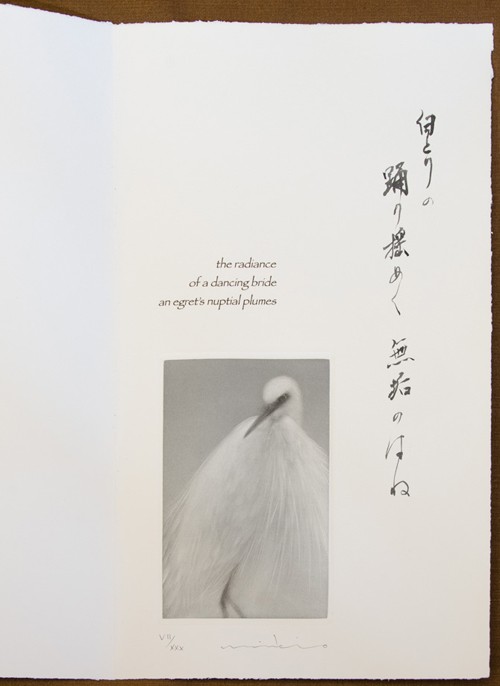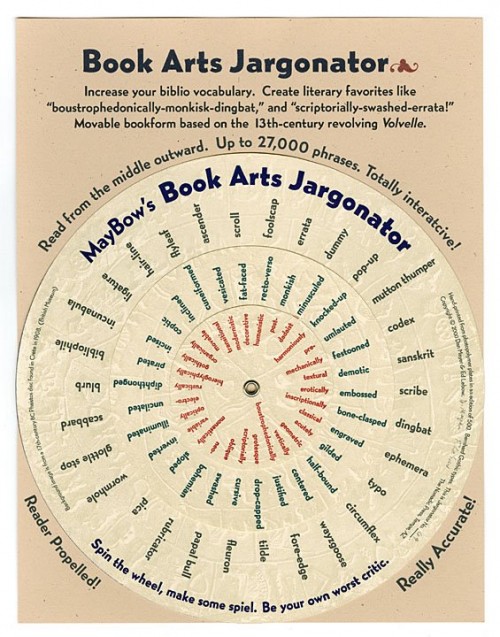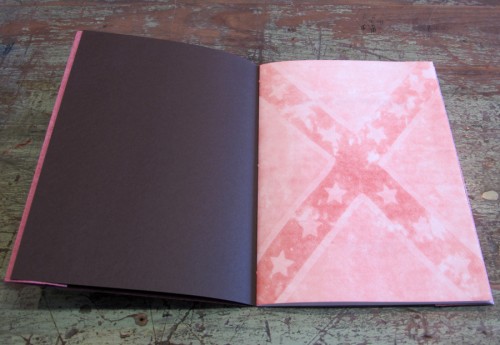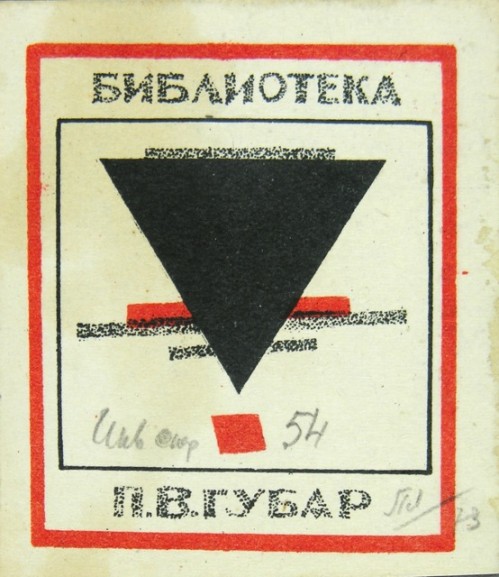 After Codex last month, I stayed in California to go to the Antiquarian Book Fair with 2 friends. One of them collects book plates. I didn’t know much about them—the one to the left is one my friend particularly liked, but the artwork can be quite varied. There are a lot more here. Here’s what one gallery says about book plates:
After Codex last month, I stayed in California to go to the Antiquarian Book Fair with 2 friends. One of them collects book plates. I didn’t know much about them—the one to the left is one my friend particularly liked, but the artwork can be quite varied. There are a lot more here. Here’s what one gallery says about book plates:
Known more generally as book plates, ex libris are prints, drawings or watercolors designed by artists to be inserted into the front of books to display ownership. Originally a mark of prestige and status in society, book plates emerged in the fifteenth century and usually bore the owner’s family coat of arms. An interest in ex libris collecting and societies began in the 19th century, by which time it was increasingly common for merchants, scholars and other professionals to commission these works from prominent artists. The compositions were created based on the person’s interests, career and accomplishments and often would include a play on his/her name. Fine book plates continue to be made today by contemporary artists both by commission and as a direct response to the book plate as an art form. Many take their inspiration from various historical ex libris motifs such as Greek myth, momento mori and Don Quixote and incorporate them into their own unique style others imagine their own themes more in line with the Modernist movements such as Symbolism and Abstract Expressionism.

